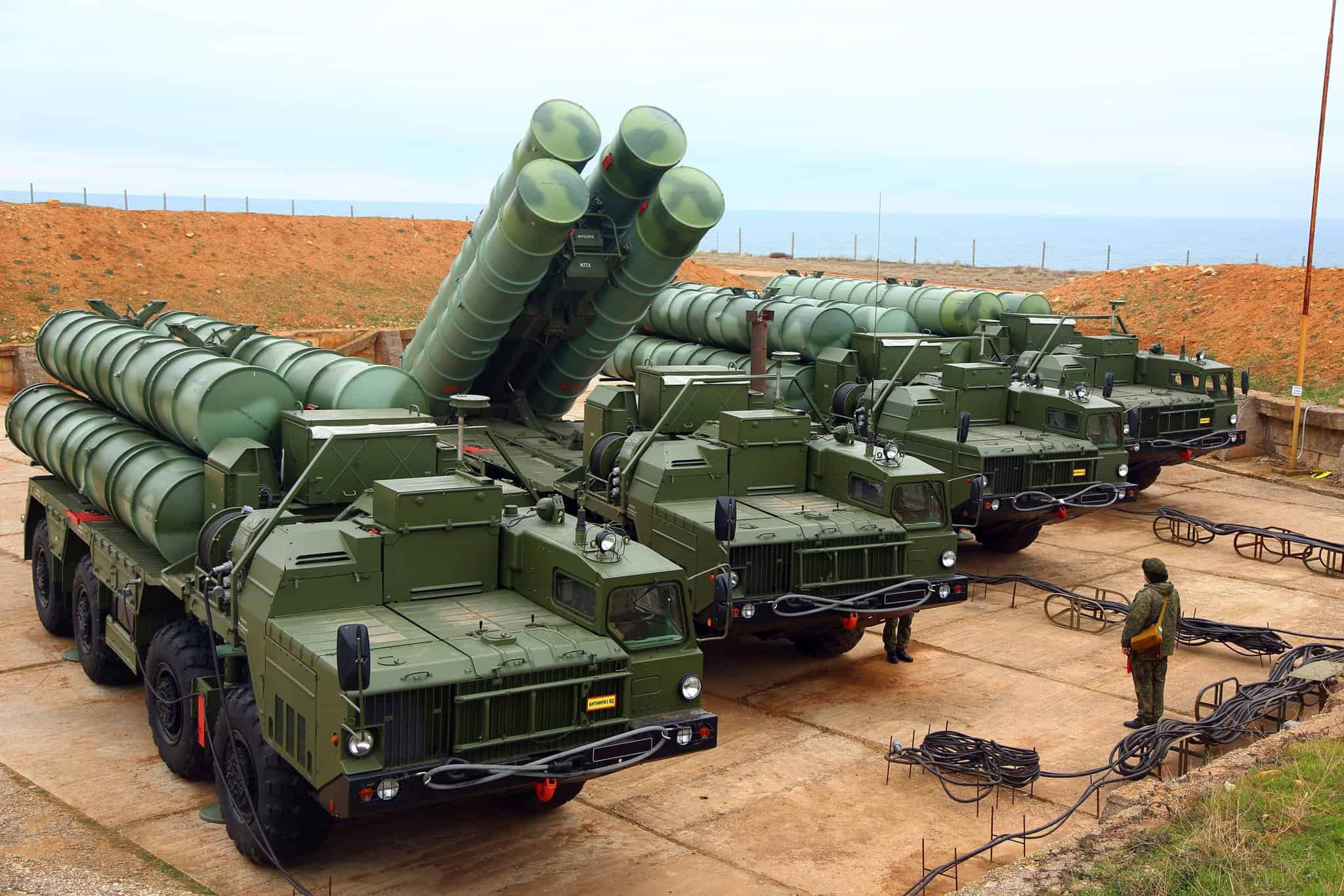A New Era in Global Connectivity: China’s Long March Toward Space Dominance
The recent launch of China’s Long March 12 rocket marks a pivotal moment in the nation’s burgeoning space pursuits, with implications that stretch far beyond lunar exploration. This triumph signals a bold step towards creating an extensive network of satellites destined to transform global internet access and redefine space strategy.
Revolutionary Rocket Design
China’s Long March 12 distinguishes itself with innovative features, notably its 3.8-meter diameter, a first for China’s rocketry. This expansion allows the rocket to carry 30% more fuel, enhancing its payload capacity significantly. These improvements position China as a formidable contender in the global space scene, capable of deploying heavier, more complex payloads—essential for ambitious missions like crewed moon landings projected for 2030.
Bridging the Digital Divide
The enhanced payload capabilities of the Long March 12 are crucial not only for space exploration but also for ambitious endeavors to revolutionize worldwide internet connectivity. By launching extensive satellite constellations such as Qianfan and Guowang, which aim to cover underserved regions, China is set to rival companies like SpaceX with its Starlink project. This initiative promises to make fast and reliable internet access a reality in far-flung corners of the globe.
Shaping the Future Internet Landscape
China’s ventures into space are poised to dramatically reshape the telecommunications industry. With plans to launch over 26,000 satellites combined, Qianfan and Guowang could offer unprecedented coverage and service reliability. This initiative is likely to spur competitive advancements, urging existing providers to innovate and improve their offerings.
Looking Forward: New Frontiers in Space
As China accelerates its space exploration capabilities, the world watches with anticipation for breakthroughs in sustainable and reusable rocket technologies. The success of the Long March 12 is just the beginning, paving the way for an era defined by enhanced connectivity and far-reaching exploration potential. Analysts foresee a not-too-distant future where China plays a pivotal role in international extraterrestrial endeavors.
China’s Long March 12: Redefining Space Connectivity and Global Competition
Introduction
China’s recent launch of the Long March 12 rocket heralds a transformative phase in space exploration and global telecommunications. This development not only cements China’s position as a space superpower but also introduces groundbreaking changes in how the world might connect digitally.
Innovative Features of Long March 12
The Long March 12’s design incorporates several pioneering characteristics. With a 3.8-meter diameter, the rocket can accommodate 30% more fuel, elevating its payload capacity. This innovation allows for the deployment of more complex and heavier payloads, equipping China to undertake significant missions, including crewed lunar landings as early as 2030.
Global Internet Transformation
The Long March 12 is pivotal in aiding China’s ambitious projects like the Qianfan and Guowang satellite constellations, aiming to provide fast and reliable internet globally. By targeting underserved regions, these initiatives promise to challenge existing giants such as SpaceX’s Starlink, possibly leading to more equitable internet accessibility.
Key Features and Specifications
1. Extended Payload Capacity: The redesigned structure supports heavier payloads, crucial for deploying comprehensive satellite networks.
2. Increased Fuel Efficiency: With its enhanced diameter and fuel capacity, the Long March 12 offers improved efficiency for longer missions.
3. Versatile Design: This allows for a broader range of missions, from satellite launches to potential manned moon explorations.
Market Impact and Competitive Edge
By aiming to launch over 26,000 satellites with Qianfan and Guowang, China is set to disrupt the current telecommunication landscape. This vast network could offer unmatched coverage and service quality, triggering a ripple effect across the industry, pushing other providers to innovate.
Predicting Future Trends
Experts anticipate a surge in innovation as China continues its space endeavors. The focus on sustainable and potentially reusable rocket technologies could redefine space missions’ cost-effectiveness and environmental impact, setting the bar for international competitors.
Security and Sustainability Aspects
As the satellite constellations expand, questions around cybersecurity and sustainable space practices become paramount. Ensuring robust security measures against potential threats will be critical. Additionally, China’s investment in recycling and minimizing space debris will be closely watched as part of their long-term strategy.
Conclusion
The Long March 12 rocket’s successful launch is a testament to China’s growing expertise and ambition in space technology. It sets the stage for a future where global internet connectivity is revolutionized, and space exploration is more inclusive and competitive than ever before. As China continues to innovate, the global community will closely monitor the impacts and benefits that arise from these pioneering moves.
















